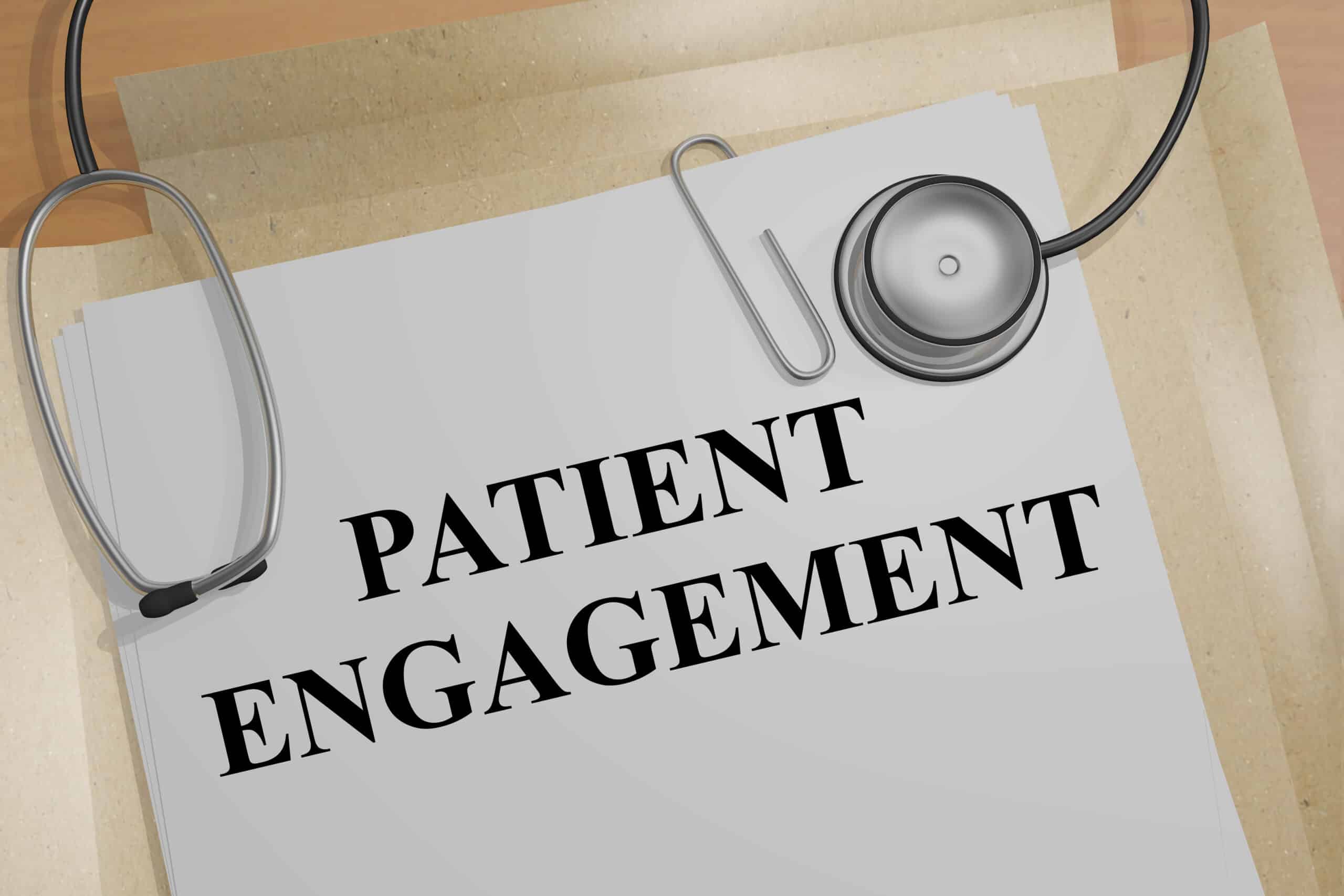COVID, PANDEMIC, LOCKDOWN! These three words have defined our lives and businesses since the start of the year 2020. As much as we would like to say that there is a new normal, there is nothing usual in how most physician practices are extending care for their clients.
Yet, care we must, and if patients can’t come to your office for accessing healthcare services, well the answer to that is obvious – you need to be where the patients are, reaching out to them with a much more proactive approach that you did before this virus invaded our world. Note -the operative word here is proactive engagement.
Patients will use telemedicine when they need to consult you for existing or emerging health concerns. But how do you ensure that patients who are sitting quietly with undiagnosed health problems are getting the required medical help?
Here are three patient engagement strategies that you can adopt today to ensure that everyone in your client book is doing okay during the pandemic.
Patient Engagement Tip 1 – Dynamic Patient Self-Scheduling
Self-scheduling makes it so much easier for patients to schedule in-person or telehealth appointments online from their digital devices. According to a 2019 insight report on Patient Scheduling by Accenture –
- An estimated 986 million appointments were self-scheduled digitally, at a value of $3.2billion
- Seventy-seven percent of patients would like to have the option of booking, changing, or canceling an appointment online.
- Booking a telephonic appointment can take upwards of 8 minutes. In contrast, an online appointment on a smartphone can be booked in a couple of minutes, offering a patient both the flexibility of picking a suitable time slot and the convenience of booking an appointment from anywhere, any time.
Self-scheduling saves time for the administrative staff at a medical office, and is a much sought-after convenience by patients, especially during the COVID-19 pandemic. Self-scheduling makes it that much easier to cancel or reschedule appointments and minimizes the loss of practice revenue from no-shows.
If you’d like to maintain control over your appointment bookings, you can permit self-scheduling for specific patient types as well as for individual time slots during the day.
WATCH NOW – Ingredients of a Dynamic Patient Portal Post COVID-19
Patient Engagement Tip 2 -Maximize Reach Through Remote Patient Monitoring ( RPM)
COVID-19 has restricted the number of patients coming into medical offices for their annual checks. It has also put patients with diabetes and hypertension issues at higher risk of disease aggravation. Remote patient monitoring can help cover both these groups of patients.
Remote patient monitoring or RPM is the ability to collect real-time physiologic data (e.g., blood pressure meter, scale, pulse oximeter, and glucose meter). Medicare has covered remote patient monitoring since 2002. However, the low-reimbursement rate has meant that most practices prefer to check vital signs and lab when the patient visits the medical office.
The RPM is a low effort opportunity to engage your patients actively. It can also allow healthcare practices to increase their revenue by reducing the need for frequent patient appointments.
As an example, Centura Health, a health care network in Colorado, was able to reduce 30-day hospital readmissions and home nursing visits by remotely monitoring patients with chronic diseases. The program led to cost savings between $1,000 and $1,500 of total costs per patient.
Over the last two years, CMS has approved additional remote patient monitoring codes to include–
a. Time spent communicating with the patient, including educating a patient on using an RPM device.
1. Time spent analyzing the data.
1. RPM services provided by a nonphysician provider.
Here is a list of remote or wearable patient monitoring devices approved by the FDA during the COVID-19 pandemic. The CPT codes for claiming Medicare remote patient care are 99453, 99454, 99457, and 99458. The reimbursement rates ranging from $18.77 to $62.44. If you see three RPM cases in an hour, you can make about $150 an hour.
It’s estimated that thirty to fifty percent of a physician practice’s patient base can benefit from RPM. However, you can’t offer this service to someone not actively engaged in managing their health. Identify patients who are likely to be willing to participate in such a program and seek patient consent. Medicare beneficiaries must pay an additional copayment amount (approximately $23) for RPM services.
Patient Engagement Tip 3 -Proactive Customer Communication for COVID-19 Initiatives
- Do your patients know upfront how much a telehealth visit or a remote patient care service will cost them? (accurate pre-service price estimation can improve the likelihood of patient payment by twenty percent.)
- Do they know what steps are being taken at your office to protect visitors from the risk of infection?
- Do you have a COVID prescreening checklist on your website to help clients assess the risk of exposure to the virus?
- Are you keeping in touch with patients who are self-quarantining at home?
- Does your practice conduct drive-through COVID testing, and are your client base aware of the service?
- With many people suffering a loss of income, is your practice offering any repayment plans that allow patients to pay in installments?
- Do you have a defined protocol for practice sanitization and contact-tracing if you receive a (previously undiagnosed) COVID-19 positive person at the clinic?
Patients are returning to physician practices in more significant numbers since the pandemic started, but proactively addressing these concerns remain essential. Use social media, newsletters, websites, and mobile text campaigns to communicate the information to your client base.
Pre-information is crucial for the health of your practice. These three patient engagement strategies will help your patients know that you have their best interests and are closely monitoring the outbreak to help protect them.
WATCH VIDEO – How to Communicate New Processes to Patients
PracticeForces wants to help you focus on the health of your practice as you focus on patient engagement. Our RCM services start at 2.9% with a proven track record of increasing new client revenues by at least 20 percent within the first year of service. Contact us now.





